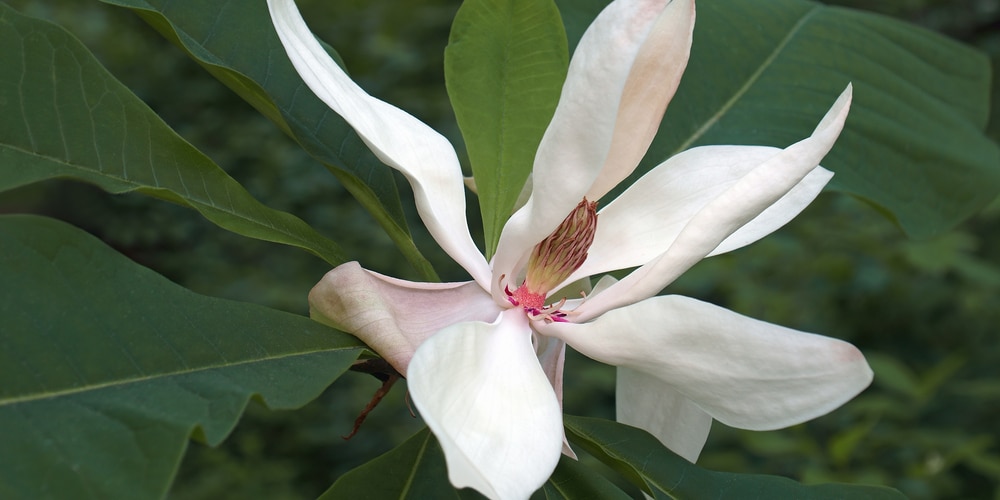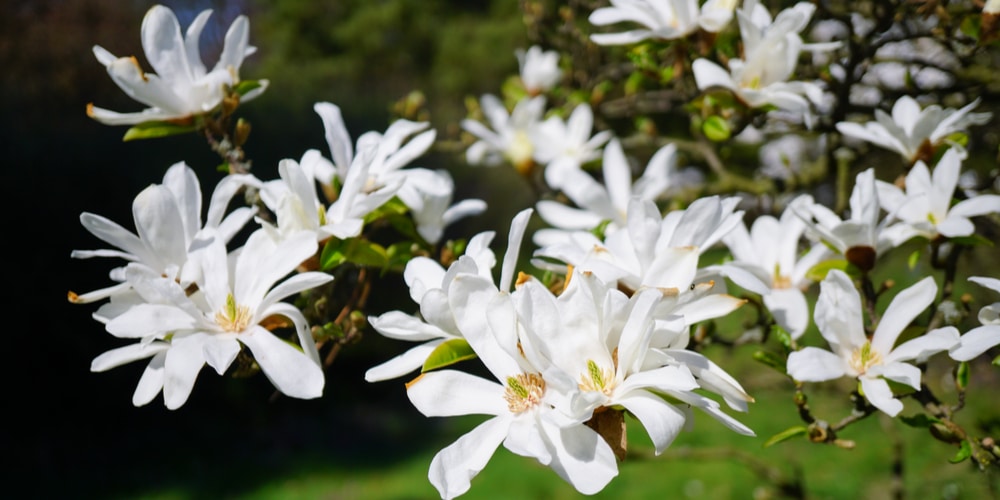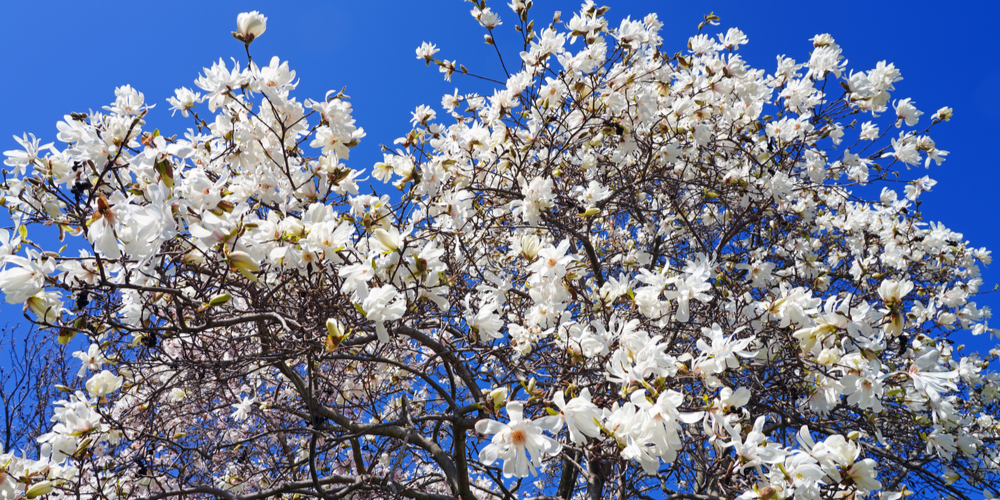Magnolias have large dark green leaves and stunning pink or white flowers that make any garden more elegant. Plus, the blooms release an attractive scent that attracts plenty of pollinators that will make your yard more lively between spring and autumn.
These trees are a “classic” addition to landscaping. Because of their tolerance to shady conditions, they are the perfect choice to fill a space in your garden that doesn’t get much sunlight.
The thought of growing magnolia trees in zone 6 might sound crazy. After all, these species symbolize the South and do best in warmer climates. The good news is that you don’t have to ditch your dream of having a magnolia in your yard if you live in zone 6.
Indeed, the family includes various genera, some suitable to colder climates and hardy even at low temperatures. You can choose among species with different shapes, sizes, and growing requirements.
Keep reading this “Magnolia Tree Zone 6” essential guide if you want to learn what species will work best in your hardiness zone. Don’t forget that besides ensuring your weather conditions are suitable for growing the type of magnolia you select, you must also ensure it receives what it needs to thrive.
Magnolia Tree Zone 6
In general, most magnolias prefer acidic soil: carry out a pH test before planting one in your garden. Make the necessary amendments if needed. Also, these trees need moisture: you will most likely have to add mulch around your plant to increase water retention and regulate the temperature on the ground. But let’s look at what species you can add to your zone 6 yards!
Anise Magnolia
Anise Magnolia is native to Japan and produces willow-like leaves. It is a deciduous species that blooms white flowers during the spring and turns golden yellow in the fall. You can plant this variety in full sun or partial shade. Under proper conditions, these trees can grow up to 30 feet tall: make sure you plant them somewhere with adequate space.
Don’t forget to keep the soil moist. Besides that, Anise magnolia is very easy to care for: it is resistant to most pests and diseases and will tolerate even low temperatures.
Bigleaf Magnolia
As its name suggests, bigleaf magnolia produces large leaves that can reach up to 32 inches long. It is a deciduous tree in zone 6 blooming white flowers with purple centers during the spring.
These trees might grow up to 60 feet tall, even if they usually don’t grow more than 40 feet. Place your bigleaf magnolia under the full sun to get vibrant colors. Also, make sure you protect it from strong winds to avoid damaging its flowers and branches.
Cucumber Tree
The name might sound weird, but cucumber tree magnolia is an excellent choice for zone 6. This species is one of the most tolerant to low temperatures and produces fruits that resemble the vegetable that gives it its name.
Cucumber tree magnolia is native to the Appalachian regions of the US and grows tall: between 60 to 80 feet under ideal conditions. Its white flowers are large and delicate looking, less showy than other types of magnolia. Overall, it makes for an excellent shade tree, provided that you take care of it and don’t forget to keep its base tidy.
Kobus Magnolia
Kobus Magnolia is a slow grower that resembles traditional species in many ways. It produces fragrant white flowers with pink tips and large dark-green leaves. It doesn’t grow very tall, making it suitable even for limited spaces. However, you might have to prune it regularly to maintain an attractive shape: the tree tends to form multiple trunks and might look messy when not under control.
Saucer Magnolia
Saucer Magnolia can grow as a shrub or a small tree. Its flowers are usually white and pink, but you can find varieties with different colors, ranging from creamy white to deep purple. Also known as the tulip tree, this species performs well in zone 6 and won’t grow more than 20 feet high. Place it under full sun or partial shade for best results.
Star Magnolia
If you live in zone 6 and have little space for a tree, but you like the idea of adding a magnolia to your garden, you must consider planting the start variety. This small deciduous tree can also grow as a large shrub that will improve the aesthetics of your garden. It blooms earlier than other species, meaning you can enjoy flowers in your garden for longer.
You may also like: Perennial Herbs Zone 6: The Ultimate List



